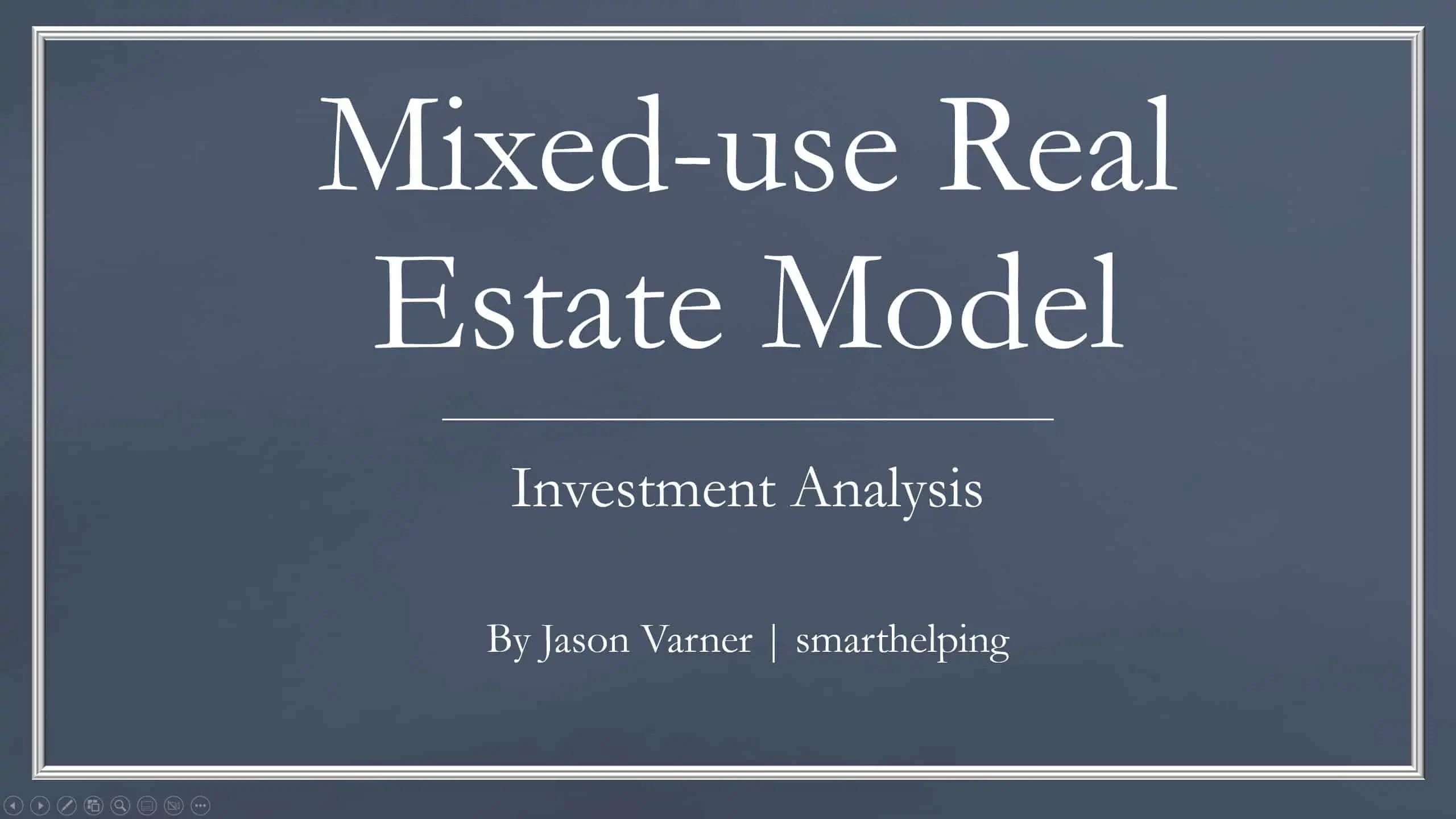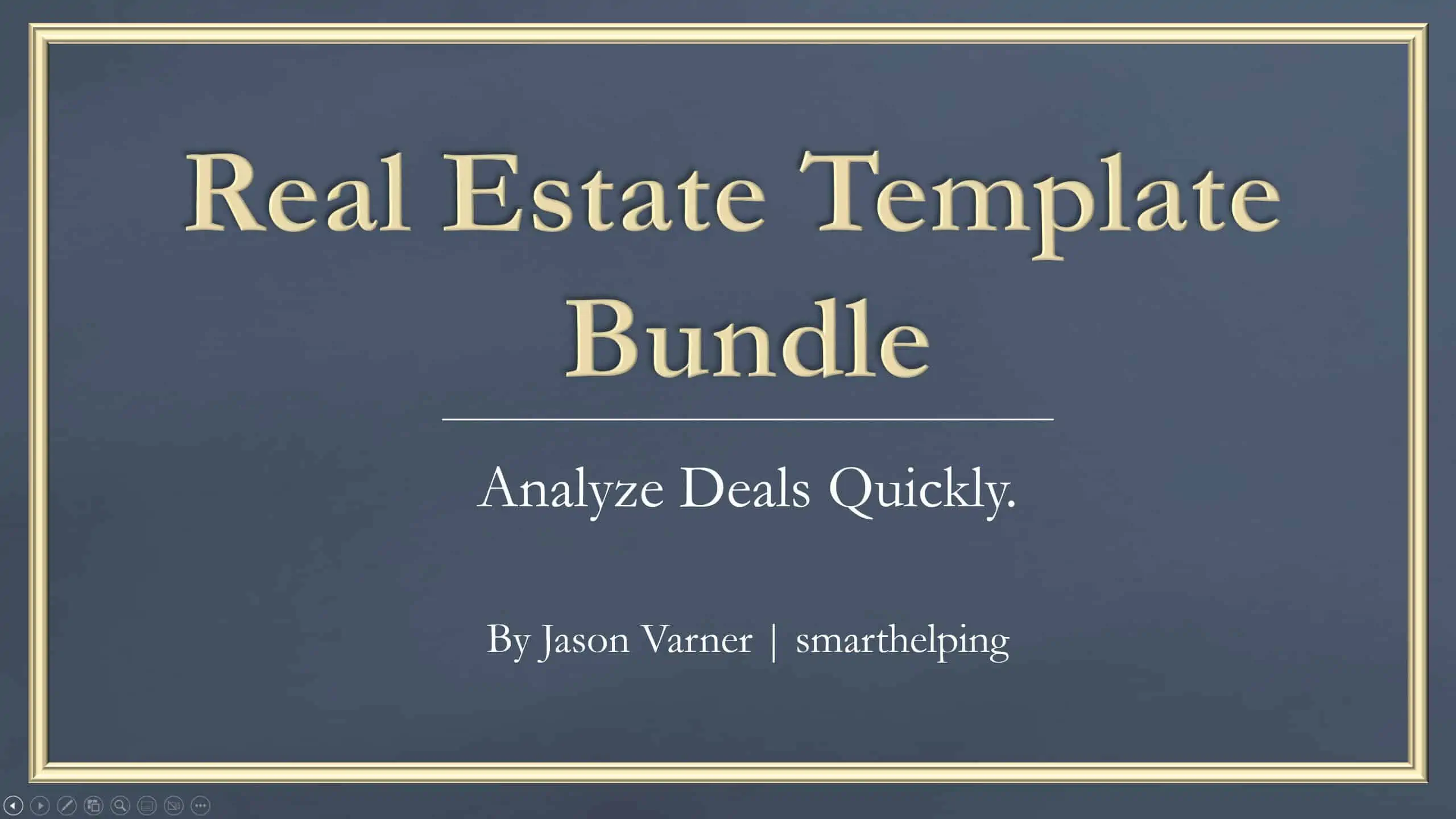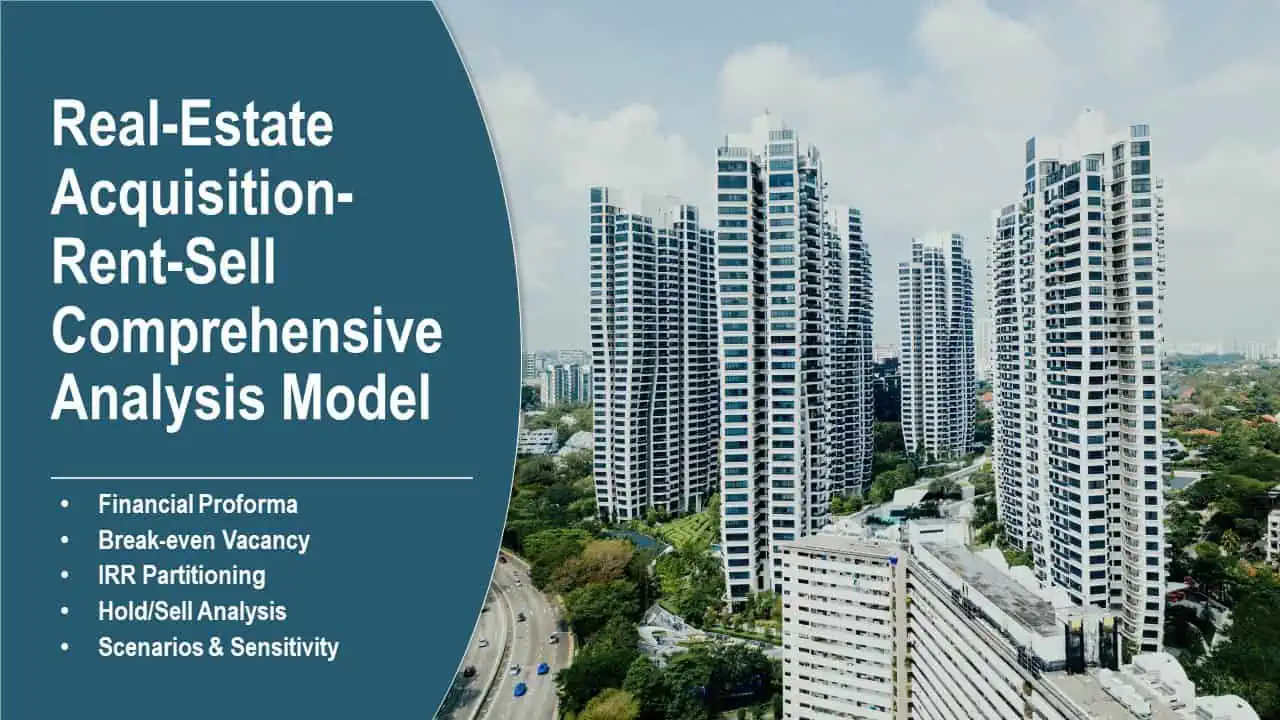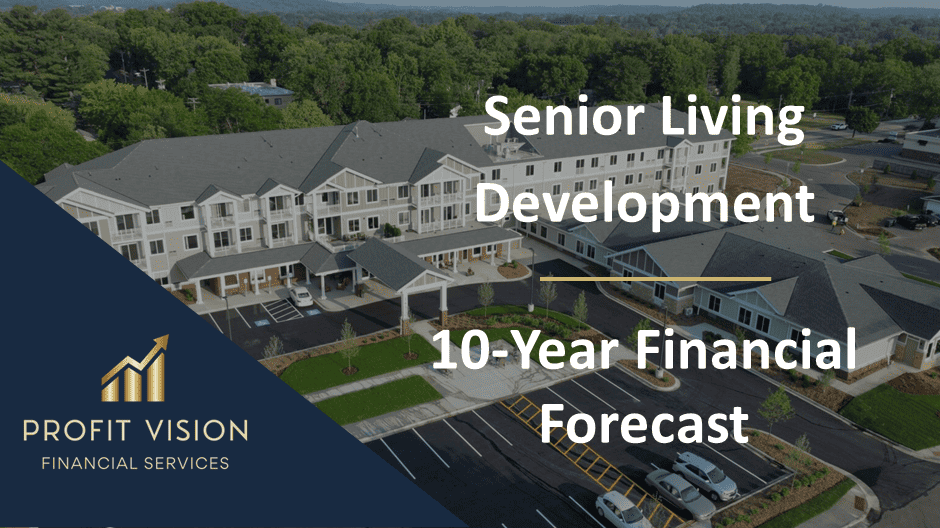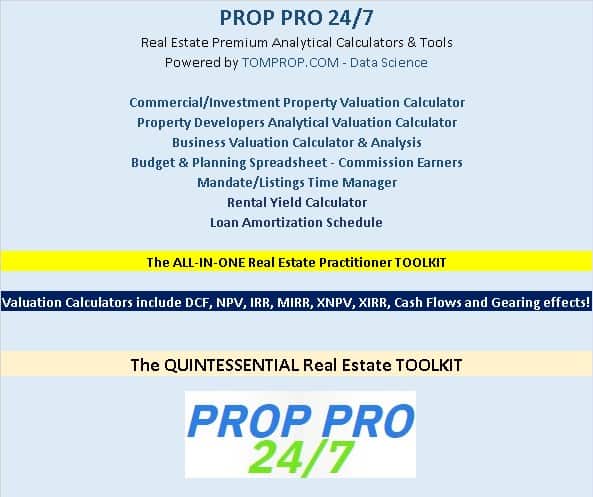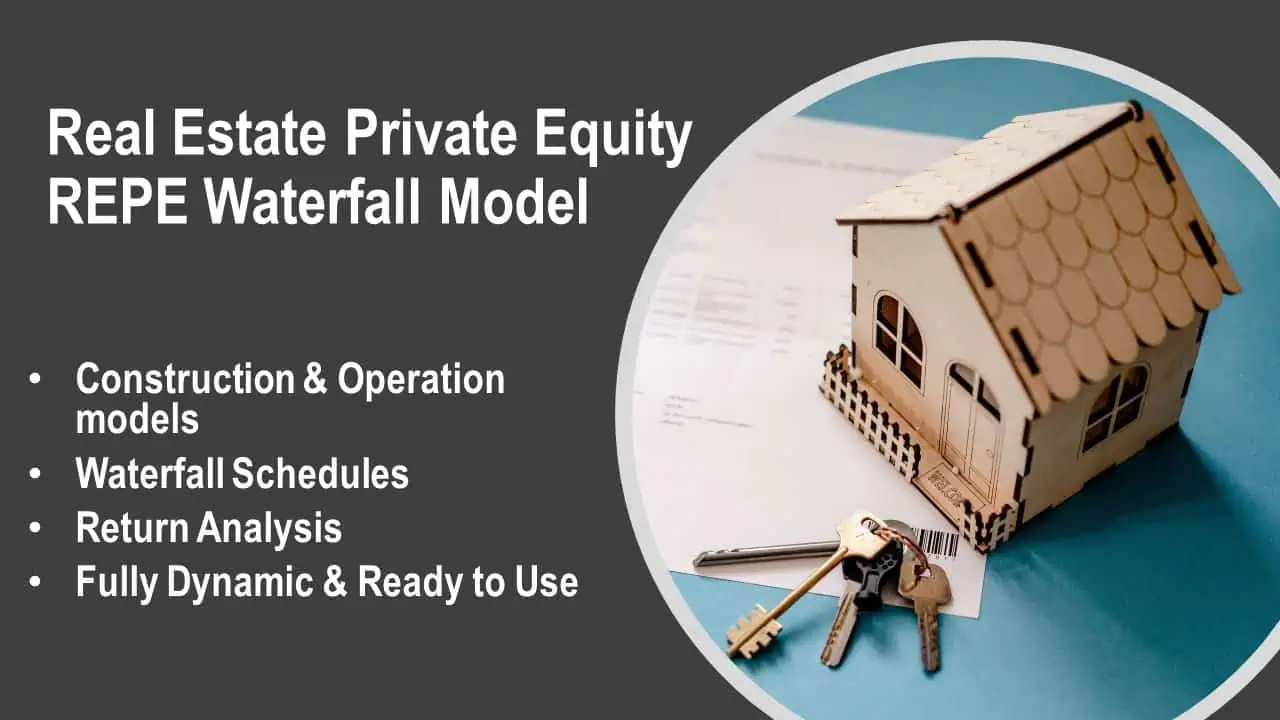Joint Venture Real Estate Model
The purpose of this model is to give investors and sponsors a clear picture of what their projected cash flow returns will be (based on over 30 Inputs) as well as perform sensitivity analysis on various IRR hurdles. This was built for the average user and was done in a general enough way to fit nearly any scenario but still be specific enough to account for all the cash caveats that go into planning out a single real estate venture. This model is built to handle one single project at a time.

Includes a monthly and annual summary that auto-fills based on inputs and goes out for a period of up to 30 years.
Includes a breakdown of investor units based on the aggregate investor cash required.
Includes a DCF analysis based on its own tab assumptions.
Includes a full dynamic amortization schedule for financing options that are completely dynamic and integrated into all aspects of the model.
Includes a full amortization schedule to track depreciation if needed. The depreciation model itself allows for all conventions and various useful life inputs.
Includes a dynamic reserve calculation to let you check if you have allowed enough cash to cover initial costs before revenue starts.
One of the most difficult things for developers/sponsors to do is explain to investors what the cash flows look like in a given real estate venture. This template was built to give developers a great tool to use in order to explain what is going on to investors/partners and how various changes to a deal will affect returns %’s.
Additions*****
The two waterfall models allow you to either enter the monthly cash flows of the project per month and, based on those cash flows, it will show the splits of cash flow to each group. The higher-priced one has allowed for up to 3 groups with different hurdle rates, i.e., 1 sponsor and 2 investors, with the 2 investors having different hurdle rates.
The lower-priced waterfall model allows you to build cash flows from a top-down style real estate model, or you could just put in the cash flows for each month manually. Based on those cash flows, it has a waterfall split between 1 sponsor and 1 investor.
Similar Products
Other customers were also interested in...
Mixed-Use Real Estate Model: Leverage / JV Options
A general real estate model to plan all assumptions for up to 7 'uses' for a given property. Include... Read more
Real Estate Financial Model Bundle
This is a collection of financial model templates that provides the financial projections and valuat... Read more
Real Estate Acquisition-Rent-Sell Comprehensive An...
An integrated, dynamic and ready-to-use Real Estate Acquisition-Rent-Sell Comprehensive Analysis Mod... Read more
Senior Living Development – 10 Year Financial Mo...
Senior living apartments are just that – apartments (townhouses and condos may also fall in this c... Read more
Single Tenant Net Lease (NNN) – Investment &...
Single-tenant property is a property that is fully occupied by a single user. Single-tenant properti... Read more
Acquisition Model for Commercial Property
This is the Quintessential Commercial Property Acquisition Model that allows you to compare up to 20... Read more
Real Estate Multi-Family Development Excel Model
Real Estate Financial Model to evaluate a development project, with Equity Waterfall and Advanced Sc... Read more
Real Estate Proforma – Value-Add Apartment A...
This multifamily apartment value-added real estate model is a sophisticated Excel-based analytical t... Read more
The Realtors Quintessential ALL-IN-ONE Toolkit
Professional Realtors need a professional Toolkit which allows them to operate at a higher level. Th... Read more
Real Estate Private Equity – REPE Financial ...
This Template is to provide users a ready to use tool of Real estate private equity valuation and wa... Read more
You must log in to submit a review.

























